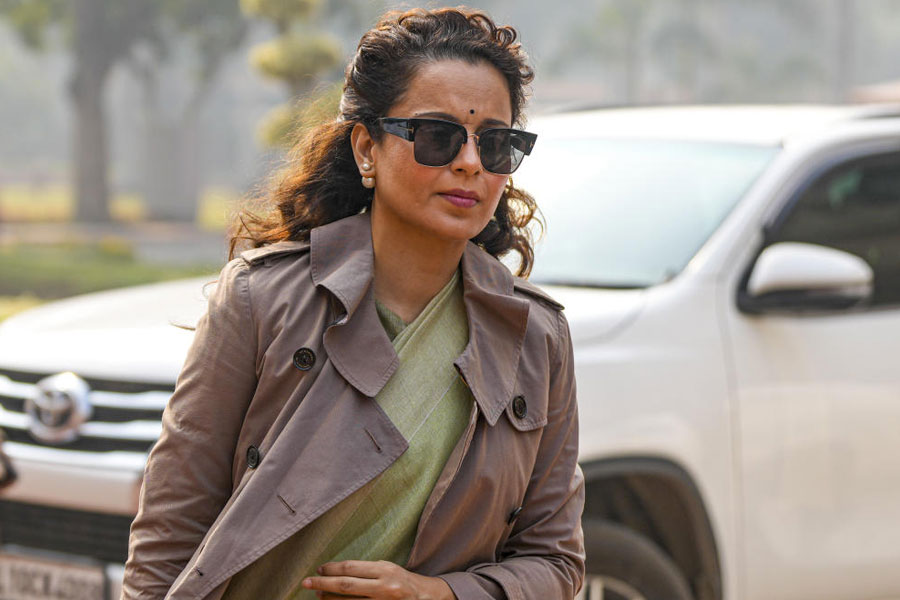Amol Palekar says he was happy being the quintessential boy-next-door but it bothered him that people didn't appreciate the variations he brought into his portrayals.
Speaking at the launch of his memoir, "Viewfinder" in English and "Aiwaz" in Marathi, here at Jawahar Bhawan on Wednesday evening, Palekar said to keep on repeating what was successful was almost a norm of the film industry then.
Palekar, 80, is known for his relatable boy-next-door roles in the 1970s films such as "Gol Maal", "Chhoti Si Baat", "Rajnigandha" and "Chitchor".
"In our film industry it's a tendency, a rule of sorts, where people are eager to brand you. I was very easily given this brand of being the boy-next-door. I like that tag. I was quite happy with that brand, what I was not happy with, right in the beginning of my stage, was that under this brand, people stopped seeing the variations of the boy-next-door," said Palekar.
For instance, Arun, his character in super hit movie "Chhoti Si Baat", and Sanjay, his character in another classic "Rajnigandha" are totally opposite from each other.
While "Chhoti Si Baat" is about a timid suitor who seeks the help of a ruthless colonel to win the woman of his dreams, "Rajnigandha" revolves around a woman who is in a steady relationship with her boyfriend and is forced to come to terms with her true feelings when a job interview brings an old flame back in her life.
Both the films were directed by the late filmmaker Basu Chatterjee.
"'The boy I play in 'Rajnigandha' is always late, keeps his girlfriend waiting and only talks about office politics. And the boy-next-door I played in 'Chhoti Si Baat' is a man who follows a girl, likes her but can't utter a word in front of her. So, one is 'batooni' (talkative) and the other one can't utter a word," he explained.
The only common factor among all these relatable characters he played on screen was their inability to convey their love to their love interest, he said.
"I think in none of my films I have uttered the words, 'I love you' or said to a girl 'How much I love her'. Yet I was trying to explore these variations continuously." It was the fear of "repeating himself" in a typical set of roles is what drove Palekar to pursue a role of antagonist in Shyam Benegal "Bhumika" in 1977 after his rather successful debut in the film industry as a leading actor with three back-to-back silver jubilee hits.
"The industry was quite unhappy, most of them out of genuine concern. They were like. 'You are a successful hero, why do you want to play a villain?' But the artist in me was more excited at playing that kind of black character with lots of grey shades than playing just a loveable boy," he said.
He said actors Shashi Kapoor and Amjad Khan welcomed him in the film industry with open arms and mentored him.
"Shashi Kapoor always kept on advising me, gave me perspective on how the industry runs and what one needs to do. In fact, so many people, including Amjad Khan, were also fond of me and what I was trying to do differently," he added.
"Viewfinder" reflects on a rich tapestry of experiences that shaped Palekar's artistic journey: from his beginnings as a painter in Mumbai to his immersion in theatre under the mentorship of Satyadev Dubey, and finally, to his celebrated career in cinema, where he delivered back-to-back box office hits and unforgettable performances.
A special feature of the book is the inclusion of QR codes that will lead the reader to many of Palekar’s works, some of which have never been seen before.
The book will be available online and offline stores from December 9.
Except for the headline, this story has not been edited by The Telegraph Online staff and has been published from a syndicated feed.











